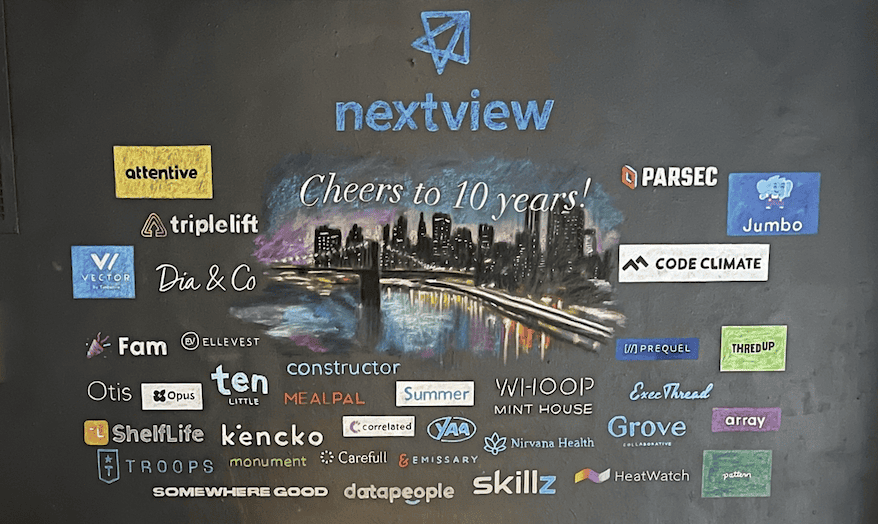


Hammer or Hands?
One of my goals in 2024 is to start blogging again. Admittedly, I stopped blogging a few years ago because of the proliferation of content around VC and startups. Also, blogs felt like an antiquated way to engage with founders vs. threads on Twitter/X. But I feel like these platforms are way too ephemeral, so I’m going to try to post at least semi-regularly and see where things go.
So, I’ll kick off with perhaps a contrarian take on the VC market. I think a big question facing early-stage investors is: are you a hammer? Or are you a pair of hands?
In the prior era of early-stage investing, pre-seeds and seeds “fit” into neat buckets slotted in ahead of the neat buckets of series A’s and B’s. But as the market has grown and gotten more efficient, everything has gotten much more blurry. So “pre-seeds” can look like $1M on $8M post for certain profiles of founders and companies. Or they look like $10M on an uncapped note for a different profile. Likewise, institutional seeds are all over the map both in terms of round profiles, valuations, and the players involved.
Founders also don’t follow a prescribed fundraising progression. Some raise a pre-seed followed by a seed, followed by an A. Some go pre-seed straight to A. Many raise a large seed at inception. Some do YC, then a bunch of SAFEs, then an A. This feels sort of like a mess, and during the market slowdown over the last two years, I think folks hoped that things would get “back to normal”. But I think that’s a fallacy. We are living in a new normal and it’s exactly what you would expect as the market matures.
This is why I disagree with the notion that investors are just moving upstream. Pre-seeds are not the new seeds. Seeds are not the new series A. Everyone is just a different flavor of early-stage investor deciding how they will slice up the universe of early-stage opportunities. Some folks will continue to define stages in narrow terms. But I think the result is that they will fail to capture a larger and larger portion of the early-stage market. The distribution of rounds will cease to cluster neatly into the old buckets. Other investors will choose to invest more flexibly into the early-stage market. They will be able to enjoy a larger breadth of opportunities, but will lose some of the simplicity that comes with having a very narrow strike zone.
Again, I think the question facing early-stage investors is: Are you going to be a hammer in search of nails? Or are you going to be a pair of hands that are looking for something to shape with a broader set of tools?
Arguably, the greatest hammer in early-stage investing is YC. I know others like Pear are doing a great job too. It makes sense for someone with a “hammer” strategy to have a standard deal and streamline their process to hit a lot of nails. The other model is much more bespoke and embraces the diverse set of opportunities that arise in a more mature market. From the outside looking in, I think part of what Hunter and Satya have done transitioning Homebrew from a fund to a family office has been to allow them to put down their hammer and start working with their hands.
I think it’s hard to say that there is an obvious right or wrong way to approach this. But I don’t think anyone should wait around for the markets to become neatly bucketed again. That ship has sailed.
The good news is that the diversity of funding paths is a positive for founders. It offers more choices, more efficient pricing, and over time, a broader set of investors willing to accept different profiles of risk. As the early-stage markets emerge from a couple tepid years, I think this will prove to be a pretty promising environment to build.





